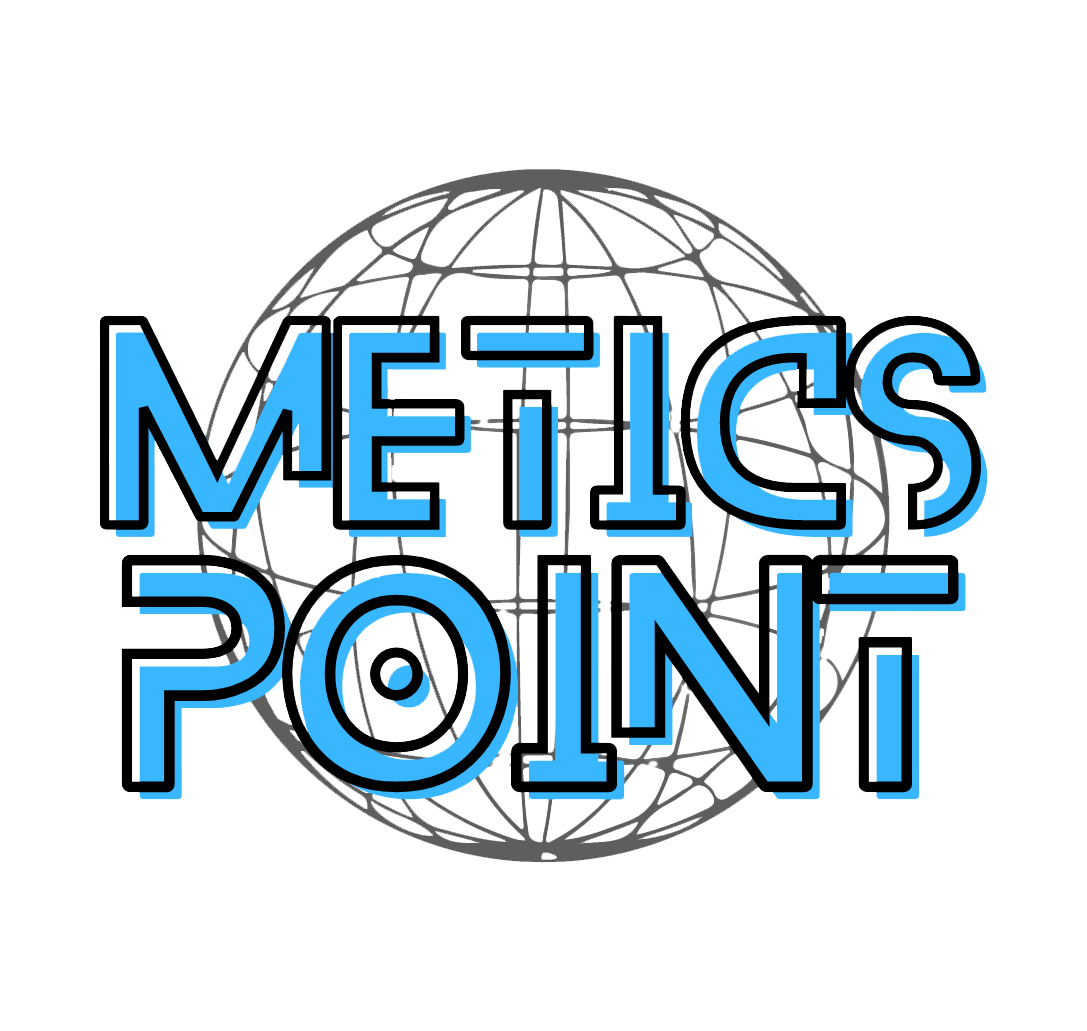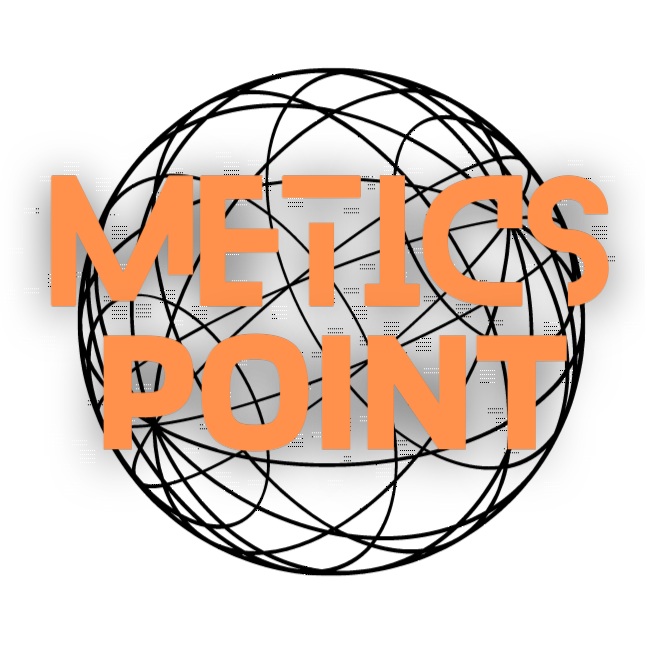Have you ever wondered what drives the value of digital assets like those created by NFT artists? As the art world evolves, the narrative surrounding digital art, particularly Non-Fungible Tokens (NFTs), captures significant interest. This exploration delves into understanding the worlds of NFT artists and the value embedded in their collections. The rise of NFTs has injected a vibrant dynamism into the way we perceive ownership and value in art, reshaping the traditional landscape.

Table of Contents
Understanding NFTs: A Prelude to the Artist’s World
NFTs, or Non-Fungible Tokens, represent a groundbreaking shift in concept—not just for art but for digital assets in general. Unlike cryptocurrencies such as Bitcoin, which are fungible and can be exchanged on a 1:1 basis, NFTs are unique tokens that verify ownership of a specific digital asset, whether it’s art, music, or any other form of intellectual property.
The Evolution of Digital Art
Digital art is not a new phenomenon; however, its legitimization as a collectible asset has gained traction with the advent of NFTs. Historically, digital works could be easily replicated and distributed without tangible value. NFTs rectify this by providing authenticity and exclusivity through blockchain technology.
Blockchain’s Role in NFT Art
At the heart of NFTs lies blockchain technology—a decentralized digital ledger. This innovation ensures transparency and immutability, critical factors for artists and collectors who want verifiable proof of ownership and provenance. Each NFT created by an artist is logged on the blockchain, ensuring its originality.
The NFT Artist’s Universe
Understanding the NFT space requires diving deep into the world created by these digital artists. Their environments are as diverse as the art they produce. From traditional art techniques applied digitally to completely avant-garde movements, NFT artists represent a broad spectrum of creativity.
The Spectrum of NFT Artists
Artists in the NFT realm come from all backgrounds. Some are traditional artists who have transitioned to digital formats, while others are newcomers who find their inspiration wholly online. This diverse background enriches the NFT landscape with fresh, innovative ideas that challenge the boundaries of what art can be.
Tools and Platforms
NFT artists frequently use tools like Procreate, Adobe Creative Suite, or specialized software like Blender and ZBrush for 3D art. Platforms like OpenSea, Foundation, and Rarible provide a marketplace and community where artists can display and sell their works.
Community and Engagement
NFT artists thrive in vibrant communities that prioritize sharing ideas and support. Discord servers, Twitter, and other social media platforms offer spaces for collaboration and networking. The sense of community among NFT creators is often likened to that of a close-knit guild, where artists push each other to innovate and grow.

The Mechanism of Value in NFT Art
Value in NFT art is a multifaceted concept influenced by several factors. At its core, the value lies in rarity, demand, and the authenticity offered by blockchain.
Rarity and Scarcity
Digital artworks can indeed be copied, but NFTs create scarcity by tokenizing unique pieces. Limited-edition releases and rare digital collectibles drive up the perceived value among collectors eager to own a piece of this scarcity.
Artists’ Reputation and Style
Just as in traditional art, the reputation of the artist plays a crucial role in the value of an NFT. Artists with a compelling narrative or distinctive style often command higher prices. A recognizable “signature” style can increase an artist’s stature and the allure of owning their work.
Technological Innovation
NFT art often leverages cutting-edge technology, adding layers of innovation that appeal to tech-savvy collectors. Interactive NFTs or those incorporating augmented reality elements stand out in the marketplace, thanks to their forward-thinking use of technology.
Challenges and Controversies
The world of NFTs is not without its disputes and challenges. From environmental concerns to issues of plagiarism, artists and collectors must navigate a complex terrain.
Environmental Impact
One of the significant criticisms of NFTs is their environmental footprint. The blockchain technology behind them requires substantial energy consumption. Many in the community are turning to more sustainable blockchain platforms to mitigate this impact and lessen the carbon footprint of creating NFTs.
Plagiarism and Copyright Issues
With the ability to tokenize art comes the risk of copyright infringement. Instances of art being stolen and minted as NFTs have prompted calls for better regulatory frameworks and platforms to provide more robust verification processes.
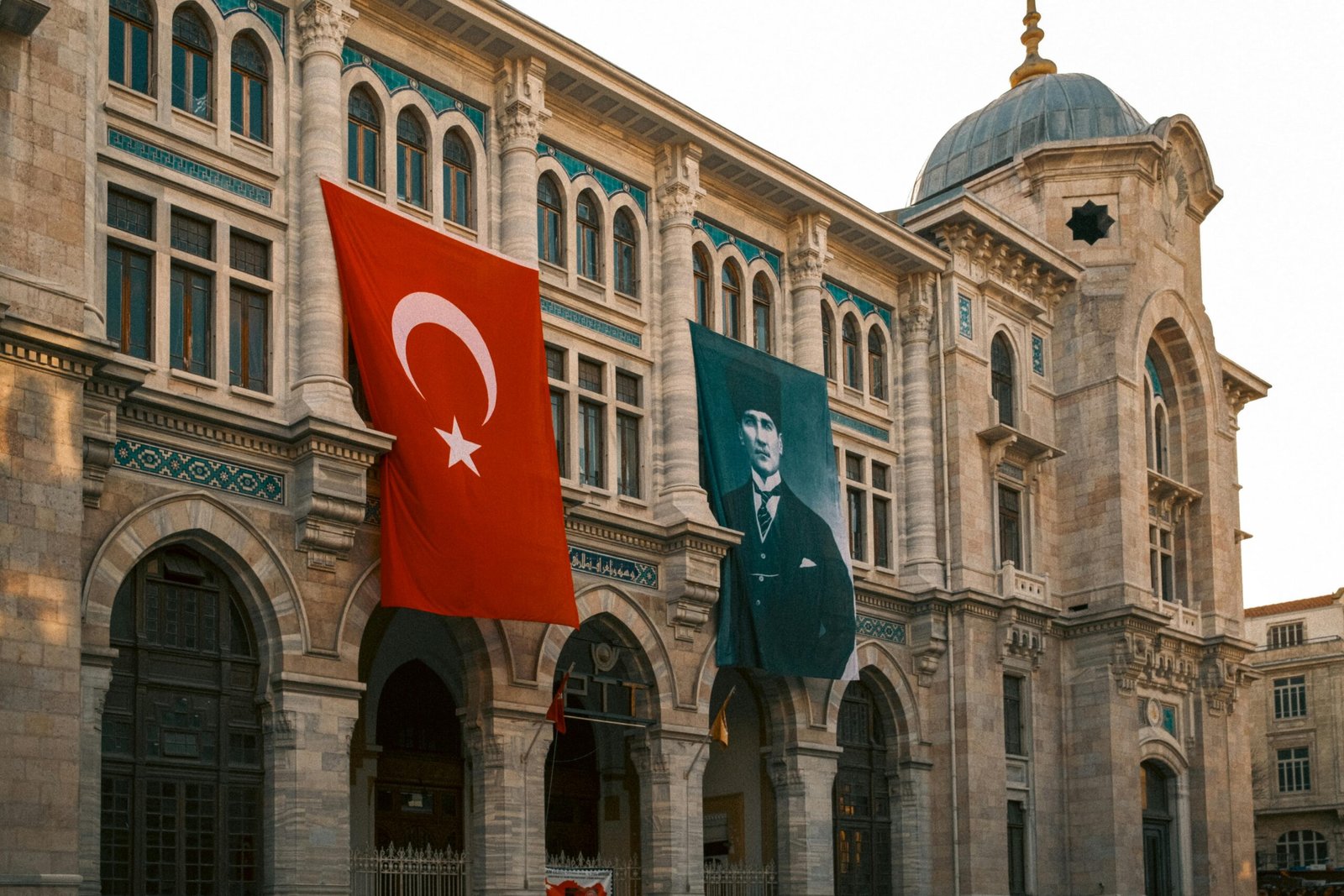
Real-World Case Studies
To illustrate the impact and potential of NFT art, we examine some notable case studies that highlight both triumphs and challenges within the field.
Beeple: A Pioneer in NFT Art
Beeple, an artist whose digital collage “Everydays: The First 5000 Days” sold for $69 million at Christie’s, epitomizes success in the NFT space. His work is a testament to the potential of NFTs, highlighting the value that collectors place on digital art when authenticated by blockchain technology.
CryptoPunks: The Birth of a Phenomenon
CryptoPunks, created by Larva Labs, consist of 10,000 unique collectible characters. These pieces have sparked a new wave of digital collectibles, showing the effectiveness of rarity combined with nostalgia—a crucial aspect of their mounting value.
NFTs and the Evolving Art Market
NFTs are redefining the traditional art market landscape, offering democratization and accessibility, challenging how we perceive art valuation and ownership.
Democratization and Accessibility
The NFT market allows artists from all over the world to reach collectors directly, without the need for intermediaries such as galleries or auction houses. This shift increases accessibility for both artists and collectors who may have been excluded from the conventional art world.
Impact of NFTs on Traditional Art Collecting
While some traditionalists remain skeptical of NFTs, others embrace digital collections as a natural evolution of art ownership. The integration of digital works into established collections signals a hybrid future for art collecting, where virtual and physical pieces coexist.
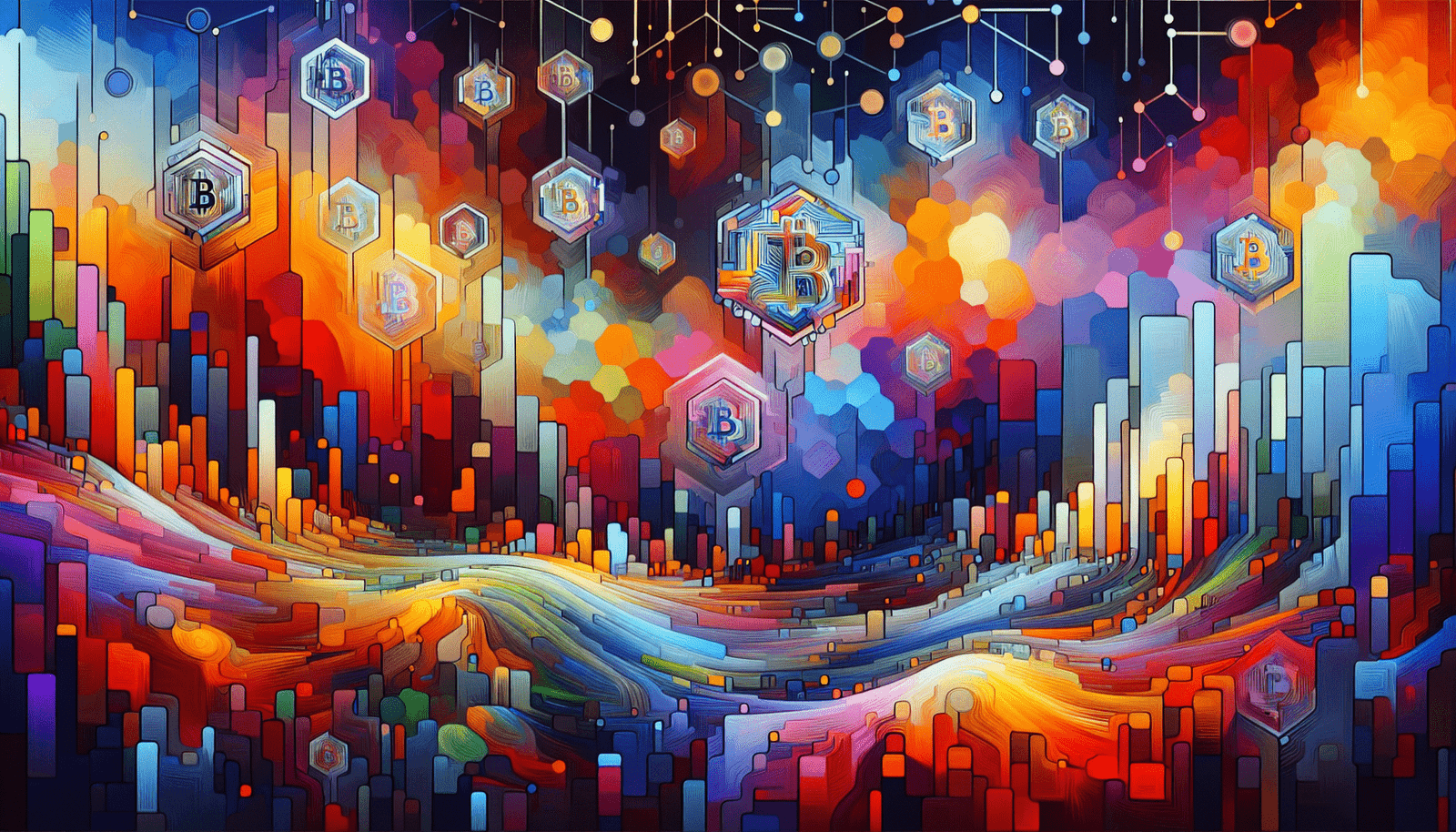
Strategic Insights for Collectors
Potential collectors interested in NFTs should consider strategic factors to make informed decisions, leveraging both passion and due diligence in the collection process.
Research and Due Diligence
Thorough research is imperative when investing in NFTs. Understanding the artist’s background, the platform, and the art’s proprietary nature can help mitigate risks associated with overvaluation or fraud.
Diversification
As in any investment portfolio, diversification helps manage risk. Collectors may look to include a mix of established and emerging artists to balance potential returns against investment volatility.
Community Engagement
Engaging with the NFT community offers insights and guidance from seasoned collectors and artists. Networking can lead to knowledge about upcoming trends and opportunities to acquire sought-after pieces before they achieve widespread popularity.
Conclusion
The exploration of NFT artists’ worlds and the factors influencing the value of their collections is a journey through a contemporary art renaissance. The fusion of technology, innovation, and creativity in this space challenges perceptions of art and ownership, inviting a broader audience to participate in this new frontier. As you contemplate your place within this rapidly evolving ecosystem, consider the profound impact of NFTs on both the art world and digital asset ownership paradigms.
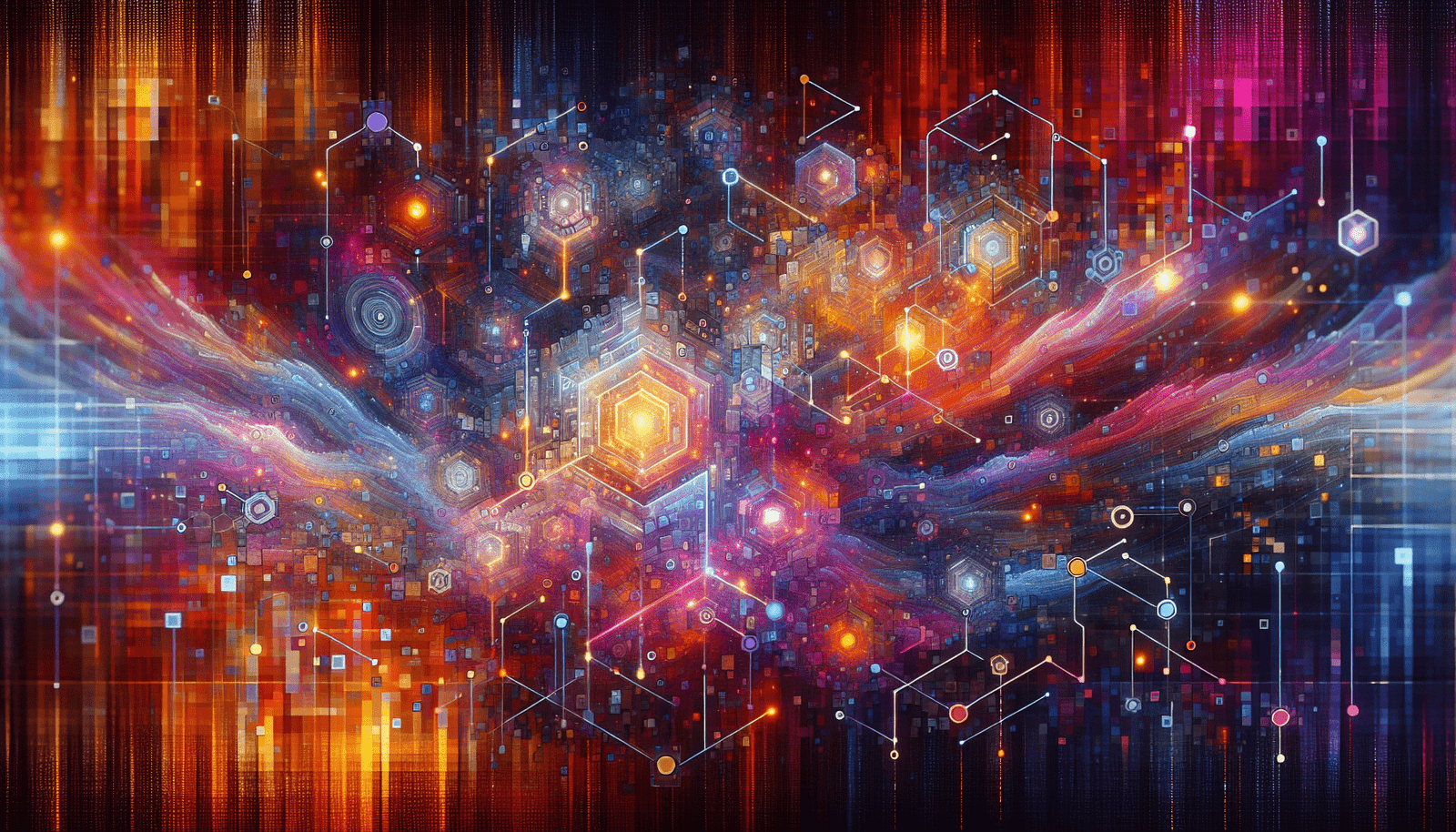
How Are NFTs Changing the Art Industry?
Advanced Approaches to Military Collection Documentation Guide
